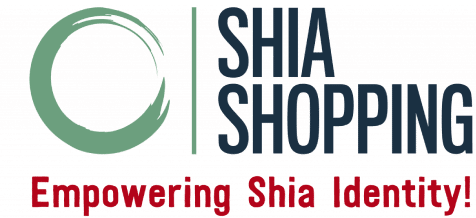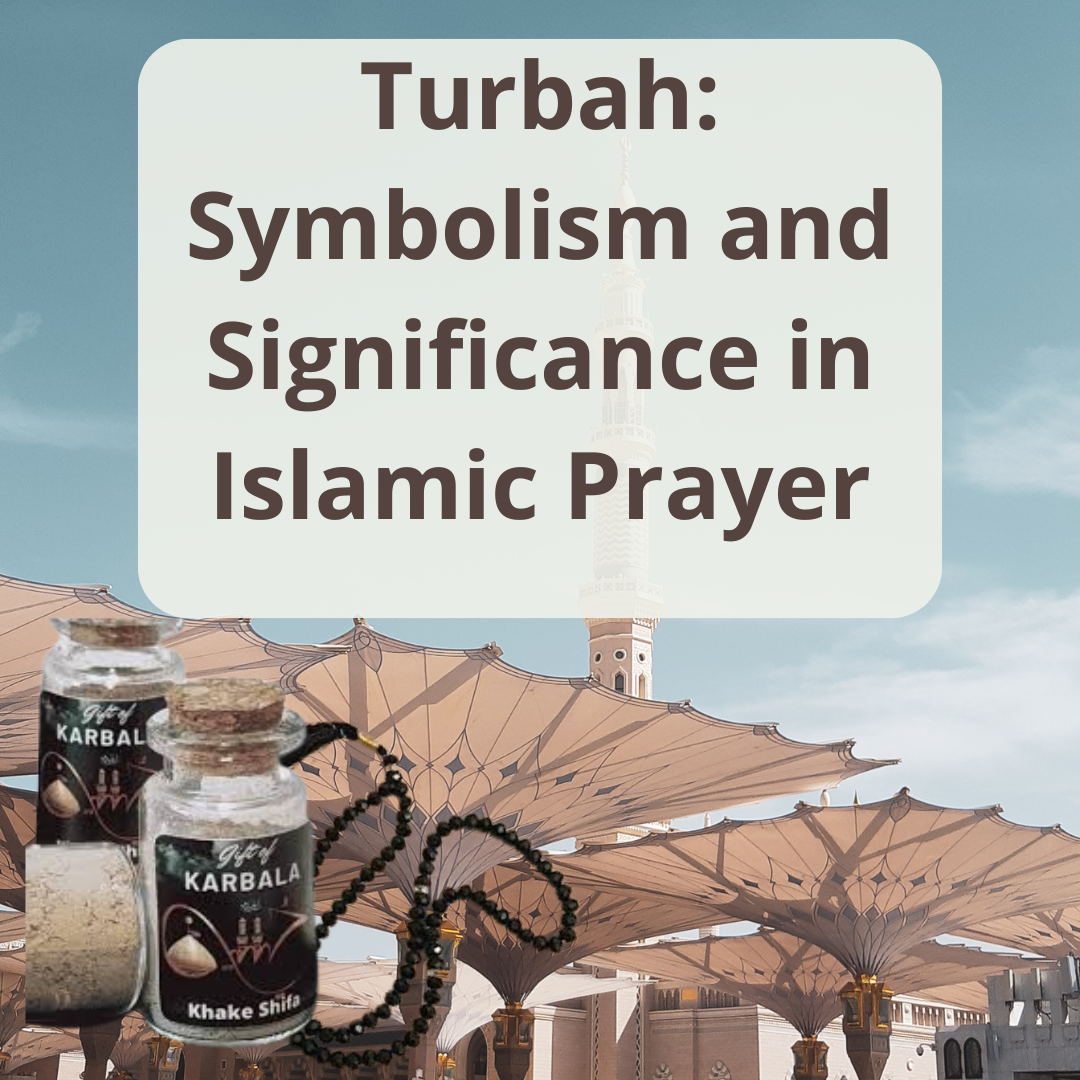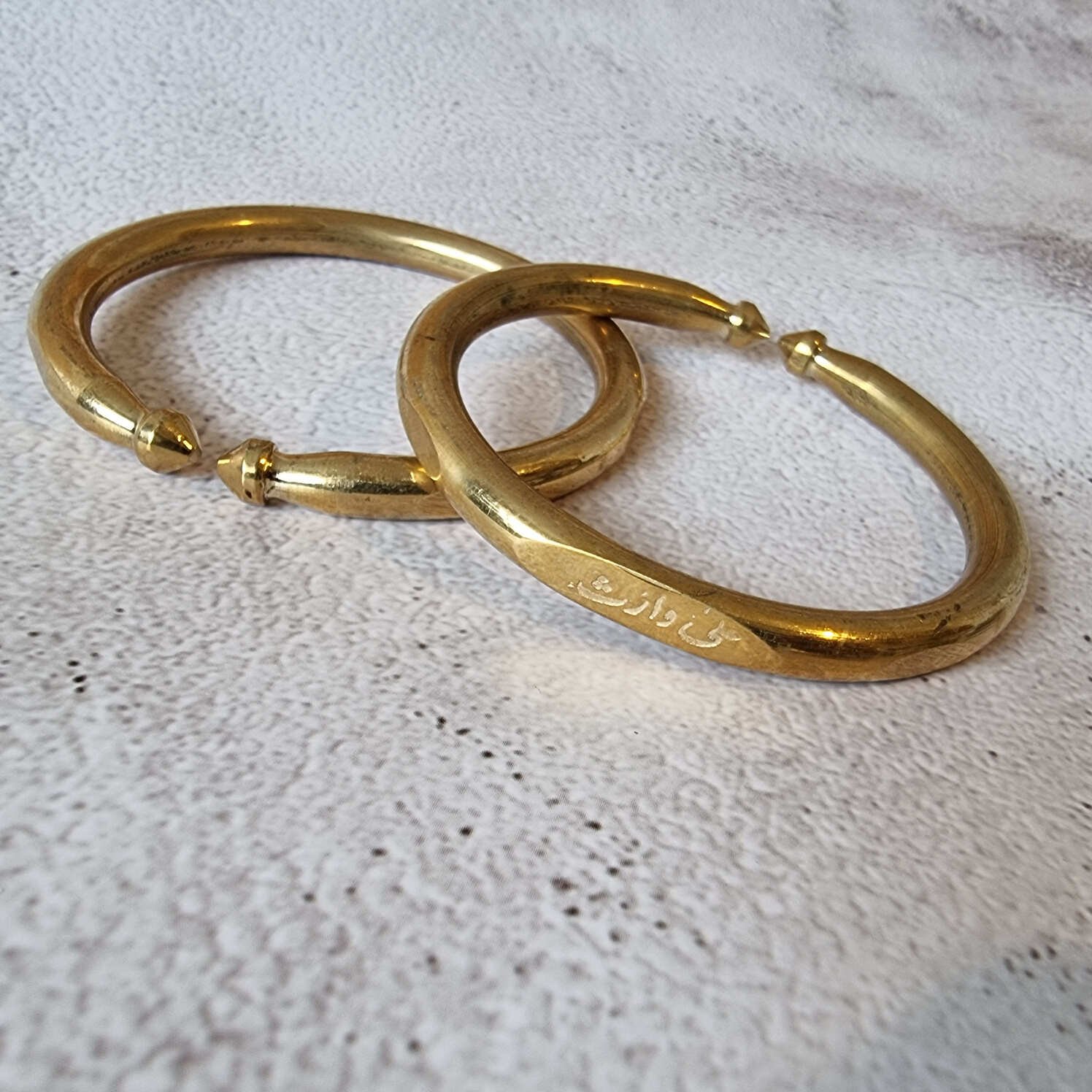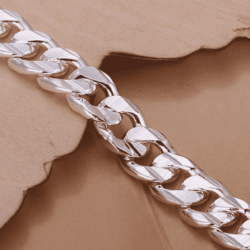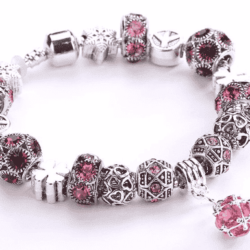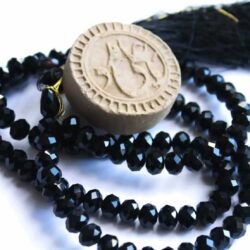In the practice of Islamic prayer, the Turbah holds a position of profound Symbolism and significance in Islamic prayer are , particularly when used for placing the forehead during prostration. This humble piece of earth carries layers of symbolism and meaning, each enriching the worship experience of believers. Let’s delve into the importance of the Turbah and why it is specifically revered for its role in supporting the head during prayer.
Tangible Connection to the Earth
The choice of the Turbah for supporting the head during prayer is deeply symbolic, as it signifies a direct connection between the worshipper and the earth. Unlike conventional prayer mats, which may be made of various materials, the Turbah is typically crafted from clay or soil sourced from sacred sites. This natural material serves as a reminder of the purity and simplicity of creation, grounding the worshipper in the physical world while engaging in acts of spiritual devotion.
Humility and Submission
Central to Islamic teachings is the virtue of humility before the divine. By bowing the head upon the Turbah during prayer, believers symbolically lower themselves before Allah, acknowledging their subservience and insignificance in the presence of the Creator. This act of humility reinforces the fundamental principle of submission (Islam) to the will of God, reminding worshippers of the need to approach prayer with reverence and awe.
Purity and Spiritual Cleansing
In Islam, purity is paramount, both in a physical and spiritual sense. The turbah, being sourced from the earth, represents a form of natural purity untainted by human intervention. Placing the forehead on the turbah during prayer symbolizes a return to this state of purity, cleansing the soul of impurities and distractions. It serves as a tangible reminder of the believer’s commitment to spiritual purification and striving for righteousness in all aspects of life.
Historical and Cultural Heritage
Throughout Islamic history, the use of turbahs for prayer has been a revered tradition, particularly within Shiite communities. These pieces of earth are often associated with sacred sites, historical events, and the sacrifices of martyrs and saints. By bowing upon the turbah, worshippers honor this rich heritage, connecting with the spiritual legacy of their ancestors and drawing inspiration from their steadfast faith.
Unity and Equality
One of the remarkable aspects of the turbah is its ability to foster a sense of unity and equality among worshippers. Regardless of social status, ethnicity, or nationality, all believers bow their heads upon the same humble piece of earth during prayer. This egalitarian practice reinforces the principles of brotherhood and solidarity within the Muslim community, transcending differences and fostering a sense of belonging among believers.
In essence, the Turbah Symbolism and Significance in Islamic Prayer for supporting the head during Islamic prayer goes beyond mere ritualistic practice. It serves as a tangible symbol of humility, purity, gratitude, remembrance, and unity within the Islamic faith, enriching the spiritual journey of believers and strengthening their connection to Allah and the wider Muslim community.
